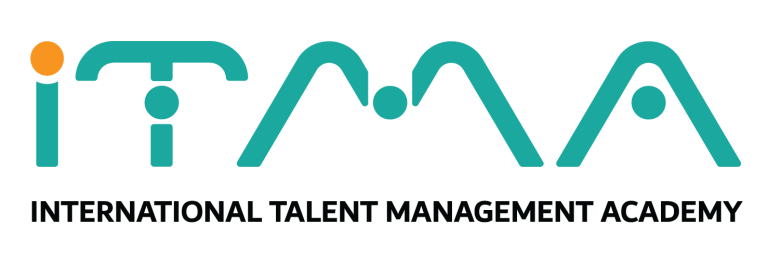On the 12th of September 2023, a News24 article titled “It took R160m to remove Advocate Busisiwe Mkhwebane – and to defeat her Stalingrad Campaign” headlined in South Africa and torched a week-long fierce debate about how this staggering cost was the highlight of wasteful expenditure in an economy direly in need of service delivery and employment creation. With R160m considered a price too huge to pay to exit an employee – the news piece then went on to synthesize the huge financial and non-financial cost of axing not just an employee, but the Head of probably South Africa’s most powerful governance Institution – the Public Protector South Africa – from her role. That a highly polarized matrix of political parties in South Africa even agreed – before a major election year – to temporarily set aside the political gripes and grinds they fiercely hold against each other, and collaborate in a painstaking parliamentary impeachment process that is laden with constitutional intricacies, to remove the 4th Public Protector of South Africa from office, demonstrates a cross cutting sentiment on the perceived ‘unfit for office’ – which was the underlining basis for the impeachment and removal process – of the then Public Protector. However, most analysts failed to grasp that the highlight of this impeachment and removal process was not a fit for office or performance issue, but a hiring table issue – a failure of the selection and hiring process.
This is typical of most organisations – the failure to realise that they actually surrender their competitive talent advantage, also called talent vantage, at the Acquisition Table. When organisations bring in people who are unfit for office, the so-called ‘wrong hires’, they incur a bill that is shockingly huge to discern from every human capital and talent management standpoint – potential brand, reputational and relational damage associated with misfits; poor performance that fails to justify the economics of the person’s employment and remuneration; low employability thresholds that eliminate the employee’s promotability prospects and availability for succession; financial and emotional costs related to attempts, usually unsuccessful, to exit the unfit employee – the list goes on. When we begin to critically reflect on this 12 September News24 analysis, it becomes quite clear that the true cost of hiring an ‘unfit for office’ Public Protector for South Africa dwarfs the R160m that was financially computed and documented. The institutional and employer brand of the Public Protector South Africa will take years to recover from the fallouts. In the drawn out litigious fights, the institution’s sense of shared vision, team fabric and culture were severely dented. These are all costs the institution will have to pay in both cash and kind over a long recovery and reset period. So what does this all mean for organisations? The simple message is Hire Right!

Every time and every instance that HR and Business Leaders trivialise the hiring process, they are carelessly surrendering the organisation performance and succession to chance. When senior leaders relegate selection and hiring processes and decisions to junior managers, they are surrendering and hence squandering a key opportunity to directly transform their unit’s and organisation’s talent pipeline through hiring. At a practical level taking hiring seriously involves raising the stakes by making it unacceptable for managers as panellists to ever trivialize the hiring process, treating it as one of those ‘by the way’, perfunctory activities where they can simply rock up for an important interview 10 minutes late, direly unprepared, and doze through candidate narrations. Our analysis has revealed three acquisition imperatives that collectively secure talent vantage right at the hiring table.
1. Whilst tools that leverage people science have greatly enriched talent acquisition and selection decisions, the hiring manager still plays a pivotal and primal part in hiring. Organisations should invest in sharpening the hiring manager’s overall scouting and screening skills.
2. In the ‘hurry up’ hiring culture characterising organisations today, it is easy to prioritise speed at the expense of quality. In fact, ‘speed of hire’ can be a dangerous metric if deployed in isolation. Organisations must strengthen their hiring processes by enhancing governance and rigor, and intentionally tracking quality of hire.
3. Whilst hugely important, in isolation, raw talent and sheer competency does not always translate into organisational fit or guarantee performance. Organisations should also endeavour to select and hire on a clearly defined set of attributes that are codified against their core values, ways of working, and the organisation’s overall DNA
“If HR and Business Leaders trivialise the hiring process, then they are carelessly surrendering the organisation performance and succession to chance”
How iTMA can help you.
One of the hiring table success levers for organisations is developing scouting and selection skills in hiring managers. iTMA has developed an successfully delivered the ‘Interviewing & Selecting Talent Program’ (iSTP™) which is an exciting Program that equips hiring managers with agile interview table skills. This 2-day Program delves into critical psychological dynamics that play out at the interview table, and helps hiring managers spot competency, high potential, talent and fit from the ‘noise’ or ‘clutter’ that accompanies most interview sessions and selection conversations. We can also equip your hiring managers with this invaluable skills!
You can contact us at info@itma-global.com





